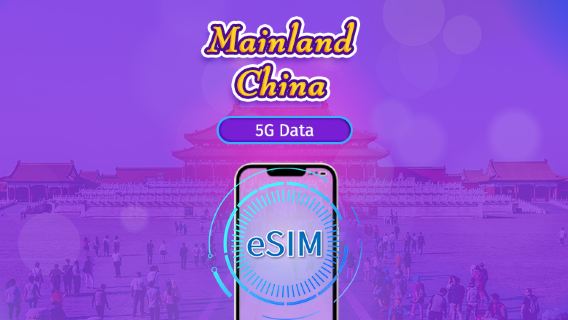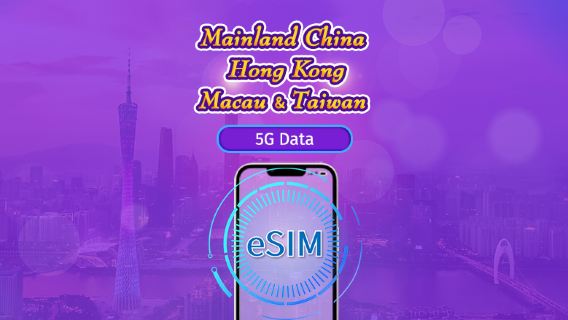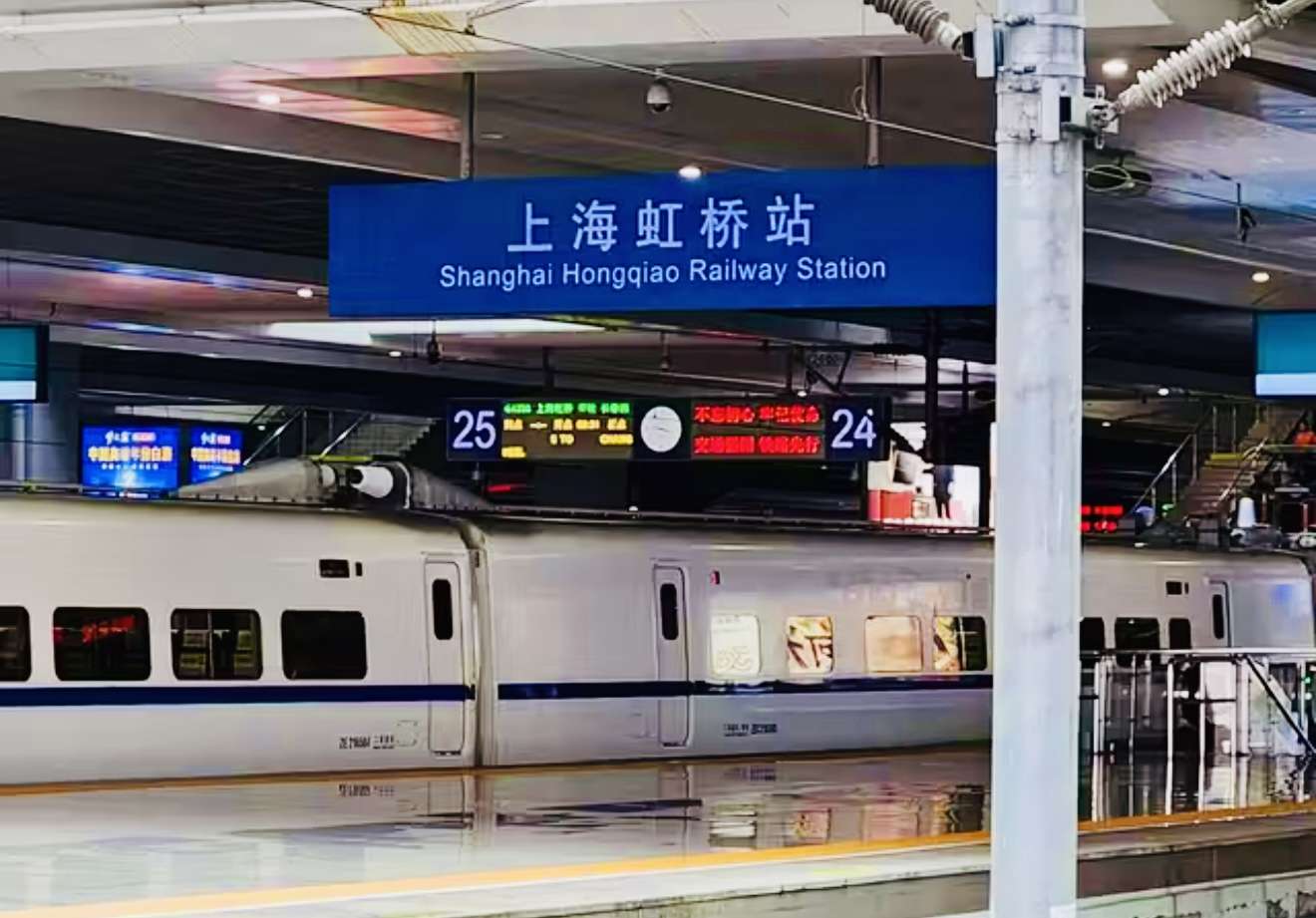
Shanghai, a major transport hub in China, operates four primary railway stations to serve diverse travel needs. Shanghai Railway Station primarily handles trains to northern and eastern regions, including Beijing and Nanjing, offering both high-speed and conventional services. Shanghai Hongqiao Station, one of Asia’s largest rail hubs, specialises in high-speed routes, connecting the Yangtze River Delta cities like Hangzhou and long-distance destinations such as Guangzhou.
Shanghai South Railway Station caters to southern routes, including popular tourist spots like Hangzhou and Xiamen, with a mix of express and slower trains. Meanwhile, Shanghai West Railway Station focuses on regional services, linking nearby Jiangsu Province cities, ideal for short trips.
Smaller stations like Anting North, Jinshan North, and Songjiang South serve suburban areas, enhancing connectivity for local commuters. Whether for intercity journeys or regional travel, these stations ensure efficient connections across China.
Shanghai Main Train Stations Map
Shanghai Hongqiao Railway Station
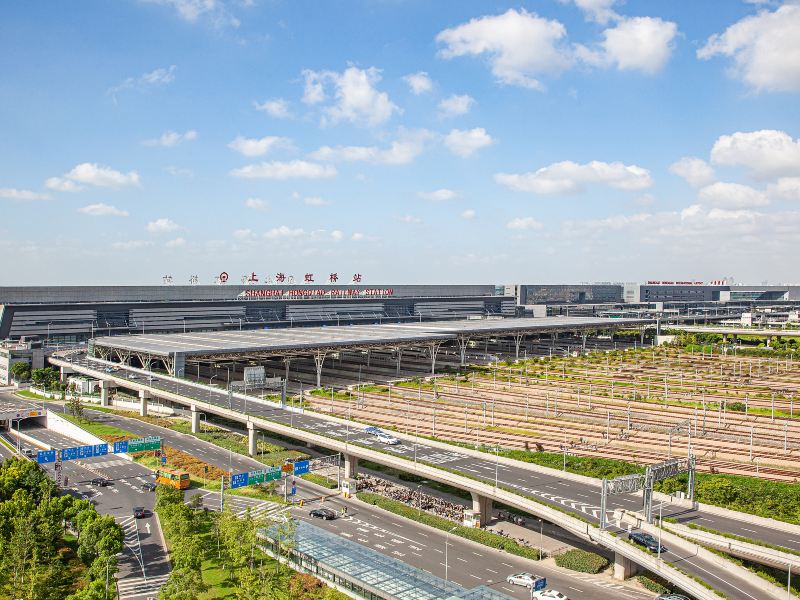
Situated in Shanghai’s western suburbs, Hongqiao Railway Station lies approximately 15 kilometres from the city centre, offering convenient transport links despite its slightly peripheral location. As one of Asia’s largest rail hubs, it specialises in high-speed services, operating bullet trains (G-series) and express trains (D-series) across major routes. Key lines include the Beijing-Shanghai High-Speed Railway, connecting travellers to the capital in under 5 hours, and the Shanghai-Kunming line, providing access to southwestern cities like Hangzhou and Guiyang. Additionally, its proximity to Hongqiao International Airport creates a seamless multimodal travel hub for domestic and international journeys.
Primarily serving the Yangtze River Delta region, the station efficiently links Shanghai with neighbouring provinces such as Jiangsu, Zhejiang, and Anhui. Beyond regional connections, it facilitates long-distance routes to cities as far as Guangzhou and Chengdu. Modern facilities, including spacious waiting areas and digital ticketing systems, cater to high passenger volumes. While not centrally located, its integration with expressways and airport transfers ensures smooth accessibility, making it a vital gateway for both business and leisure travellers exploring eastern and central China.
Shanghai Railway Station

Conveniently located near the city centre, Shanghai Railway Station serves as a key hub for conventional-speed rail services. Primarily handling trains to northern and southern China, it connects major cities like Beijing and Guangzhou, alongside regional destinations such as Nanjing and Suzhou. Its central position makes it easily accessible for both locals and travellers exploring downtown areas.
As one of the city’s oldest stations, it focuses on non-high-speed routes, offering budget-friendly options for long-distance journeys. While newer stations like Hongqiao handle bullet trains, this station remains vital for traditional rail networks. Daily services include overnight sleepers and express trains, catering to passengers prioritising cost over speed. For those seeking straightforward travel to China’s heartland without premium fares, Shanghai Railway Station remains a practical choice.
Shanghai South Railway Station
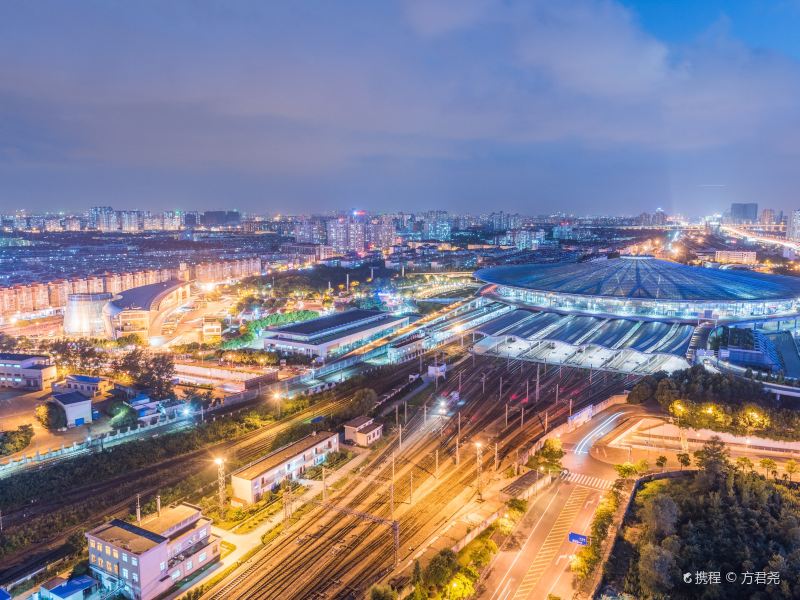
Located in Xuhui District near central Shanghai, this important transport hub specialises in regional rail services while handling some long-distance routes. Though slightly further from the city centre than Shanghai Railway Station, it remains conveniently accessible. The station primarily operates conventional trains, including D-series express services and slower K/T-class trains, connecting Shanghai with destinations across Zhejiang and Fujian provinces. Key routes focus on southern corridors, such as services to Hangzhou, Ningbo and coastal areas.
As a vital link for southern-bound travel, the station efficiently serves passengers heading to the Yangtze River Delta’s southern regions and beyond. Its main operational lines include the Shanghai-Hangzhou Railway and sections of the 沪昆线(Shanghai-Kunming corridor), supporting both commuter and intercity travel. While Shanghai Hongqiao handles high-speed rail dominance, Shanghai South complements the network by maintaining crucial regional connections and cost-effective travel options. Modern facilities and streamlined operations ensure smooth journeys for millions of annual travellers.
Shanghai West Railway Station
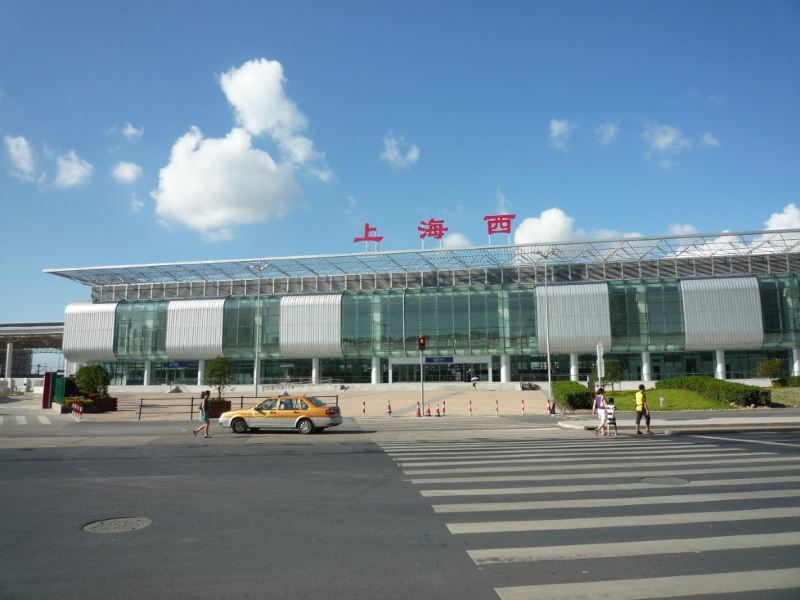
Shanghai West Station is located at 22 Taopu Road in the Putuo District, approximately 8 kilometres northwest of the city centre. Compared with other major stations, its location is less central. The station is accessible via Metro Line 11, providing convenient transport links for passengers. Primarily functioning as a freight hub, it also offers limited passenger services, including slower regional trains to destinations such as Suzhou.
Though smaller in scale, the station plays a vital role in handling cargo operations for the Yangtze River Delta region. For travellers, it serves as a secondary option for short-distance journeys, particularly to neighbouring Jiangsu Province. Key operational routes include connections along the Shanghai-Nanjing Railway corridor, supporting both freight and occasional passenger traffic. Despite its modest facilities, the station’s integration with metro services ensures basic accessibility for those seeking budget-friendly travel options to nearby cities.
Shanghai Station Comparison Table
Station Name | Address | City Centre - Railway Station | Service Area |
Shanghai Railway Station | 303 Maling Road, Jing'an District | 🚇 13 mins (Line 1) 🚗 10 mins, 3.2 km | Primary hub for northern/eastern China: High-speed & conventional trains to Beijing, Nanjing, Suzhou. |
Shanghai Hongqiao Railway Station | 1500 Hongqiao Road, Minhang District | 🚇 43 mins (Line 2) 🚗 20 mins, 20 km | Largest high-speed hub: Connects to Beijing, Hangzhou, Guangzhou, and international flights (Hongqiao Airport). |
Shanghai South Railway Station | 9001 Humin Road, Xuhui District | 🚇 27 mins (Line 1) 🚗 15 mins by car, 14 km | Southern routes: Conventional trains to Hangzhou, Fuzhou, and coastal regions. |
Shanghai West Railway Station | 22 Taopu Road, Putuo District | 🚇 36 mins (Line 2 → 11) 🚗 23 mins, 12 km | Regional services: Smaller station for trains to Jiangsu, Anhui, and nearby provinces. |
*Estimated journey times from People's Square (city centre) to railway stations are indicative only; the actual duration may vary due to traffic jams.
Popular Routes from Shanghai
Route | Duration | Fare (Second Class) | Ticket Purchase |
Shanghai to Beijing | 4.5-6 hrs | From £52 | |
Shanghai to Nanjing | 1-3 hrs | From £12 | |
Shanghai to Hangzhou | 40-60 min | From £5.4 | |
Shanghai to Suzhou | 23-35 min | From £3 | |
Shanghai to Guangzhou | 7-8.5 hrs | From £80 |
*Fares and durations approximate. Book early via Trip.com for best availability.
Shanghai Restaurant Recommendations - Taste of China 味
TASTE OF CHINA Immersive Dining, nestled within Shanghai's century-old landmark "THE BUND · CITY HALL PLAZA", is a panoramic cultural experience and space. Crafted by Trip.com Group to unveil the destinations and soul of China. Multi-sensory interactive technology brings the landscapes to life. The Yellow River, as waterfalls thunder down beside you, while the Li River's mist-kissed peaks dissolve into indigo hues across your plate—each bite embodying the majesty of mountains and rivers.
Panda Chef "Cheng BaoBao" guides you through seven culinary keys, unlocking a millennia-long odyssey from ancient dynasties to modern China—deconstructing landscapes through digital art and harmonizing cultures with the alchemy of flavour.
Here, global gourmets don't just savour premium Chinese cuisine—they embark on a journey from palate to soul: tasting China's flavours, experiencing its many facets, and falling in love with its essence forever.
*Note: Opening August 23, 2025 – but please call ahead to confirm hours before visit!
⭐Travel Tips
When planning to arrive or leave Shanghai, consider the location and service type of each station. Firstly, Shanghai Hongqiao Station serves as the primary hub for high-speed trains, ideal for reaching cities like Beijing or Nanjing swiftly. Its modern facilities, including English signage and multiple dining options, cater well to international travellers. However, note that it’s located farther from the city centre – allow extra time for metro transfers (Line 2/10/17) or taxis.
For those heading to Suzhou or Hangzhou, Shanghai South Station offers frequent conventional train services. While slower than high-speed options, these trains are often cheaper and less crowded. Additionally, this station is smaller and easier to navigate for first-time visitors. Do remember that ticket machines here may have limited English interfaces – consider using trip.com or station counters for bookings.
Meanwhile, Shanghai Railway Station (near downtown) and Shanghai West Station mainly handle slower, overnight trains. These are suitable for budget-conscious travellers exploring regional destinations. Importantly, stations can become extremely busy during holidays – aim to arrive 60–90 minutes early. Most major stations provide luggage storage, ATMs accepting foreign cards, and free (but VPN-required) Wi-Fi.
Finally, metro connections remain the most efficient way between stations, though Didi (China’s Uber) offers English app options. Keep your passport accessible for ticket checks, and consider downloading translation apps for smoother communication.
🚄Enjoy your trip~

 411024 booked
411024 booked